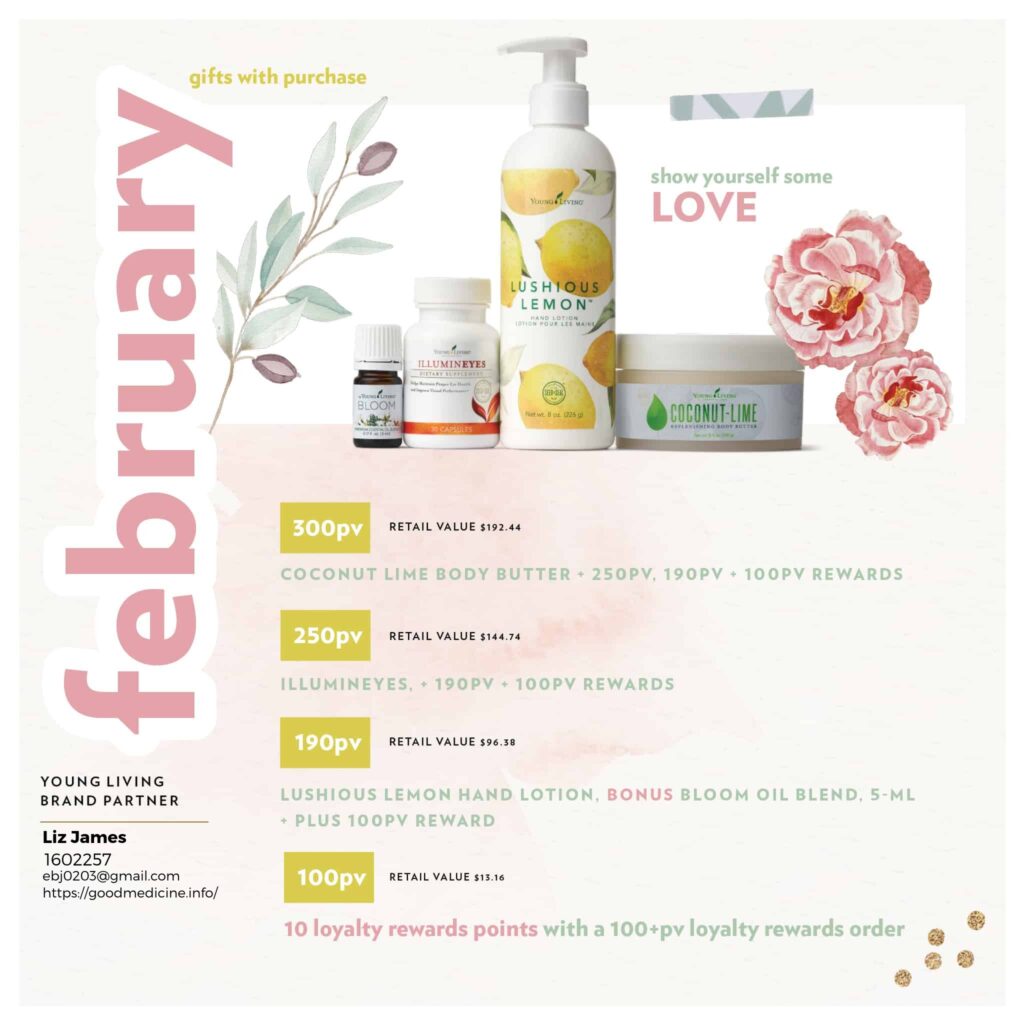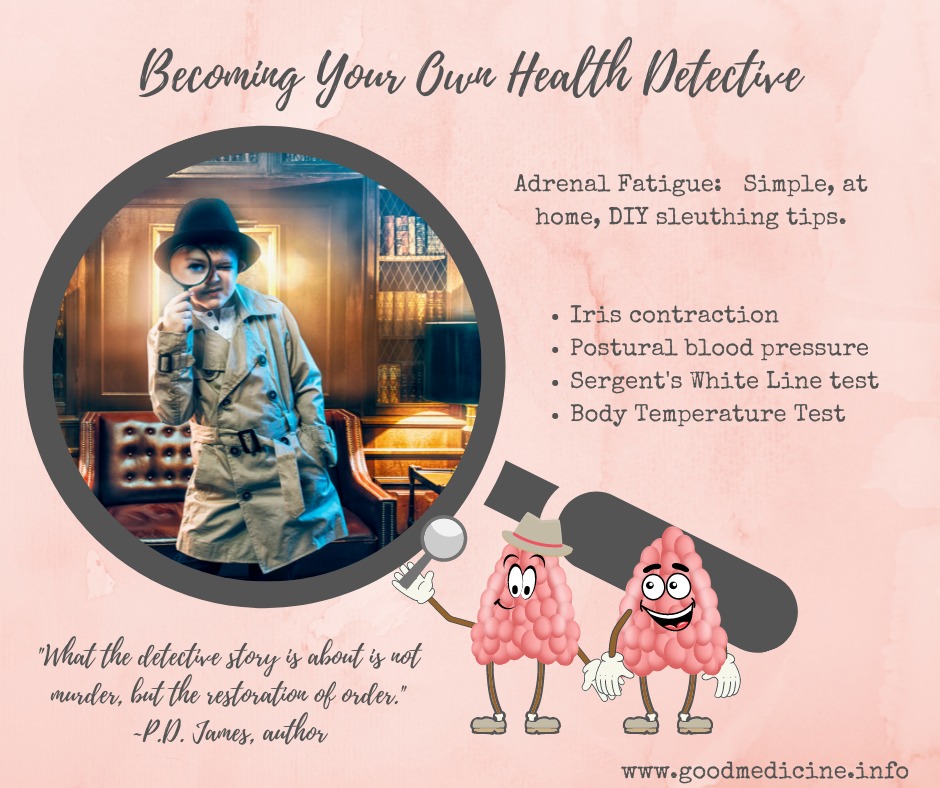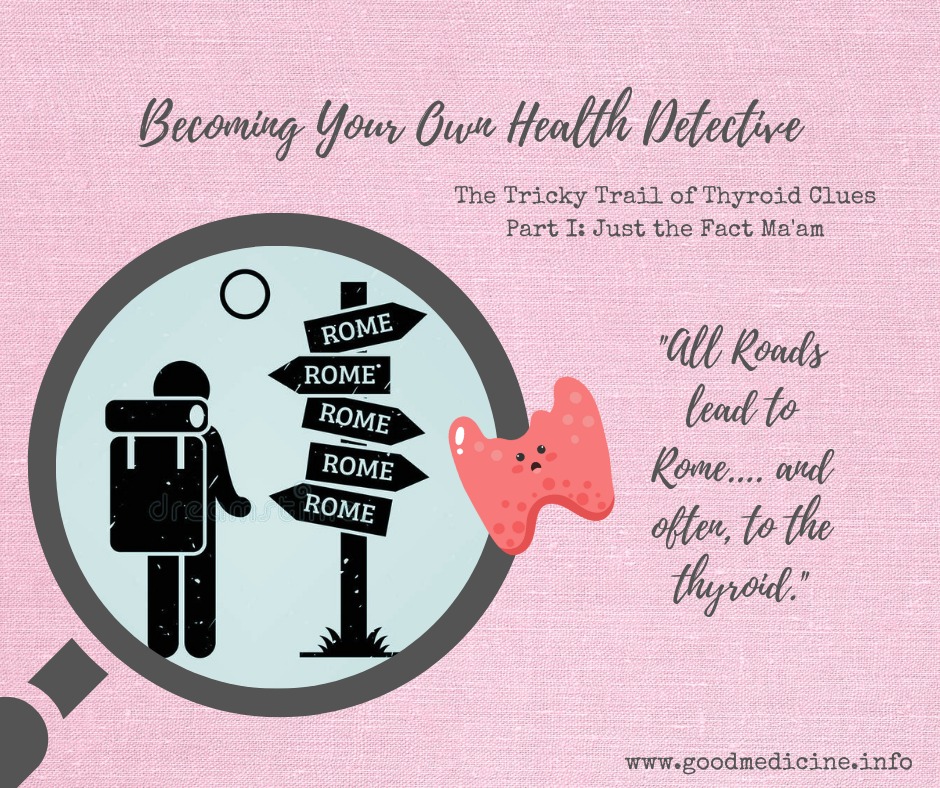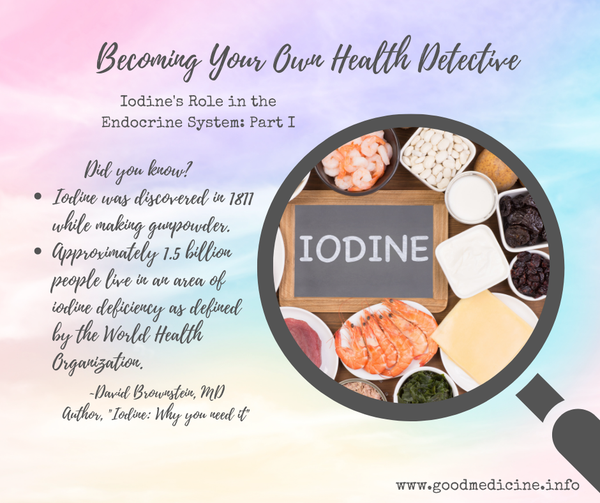
I’ve been studying the effects of wolfberries (aka goji berries) on the eyes. Our family has a pretty strong history of age-related macular degeneration, and I love my peepers and don’t want to lose them in my twilight years.
Thankful I found NingXia Red 10 years ago, and IlluminEyes a few years ago!
Do you have eye dis-ease history in your family tree?
xoxo~ liz




